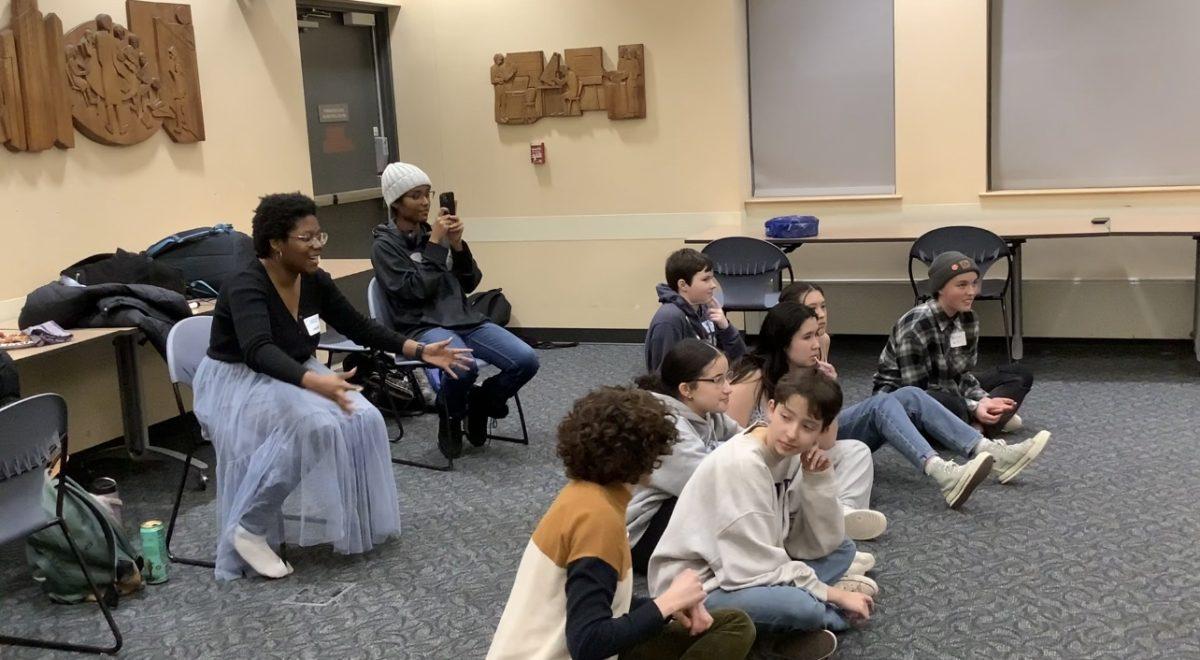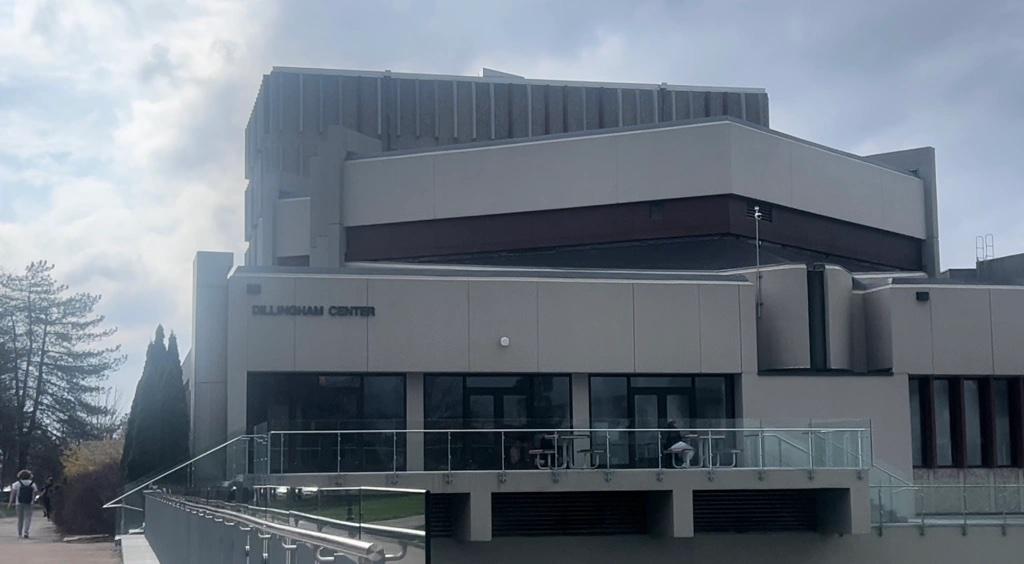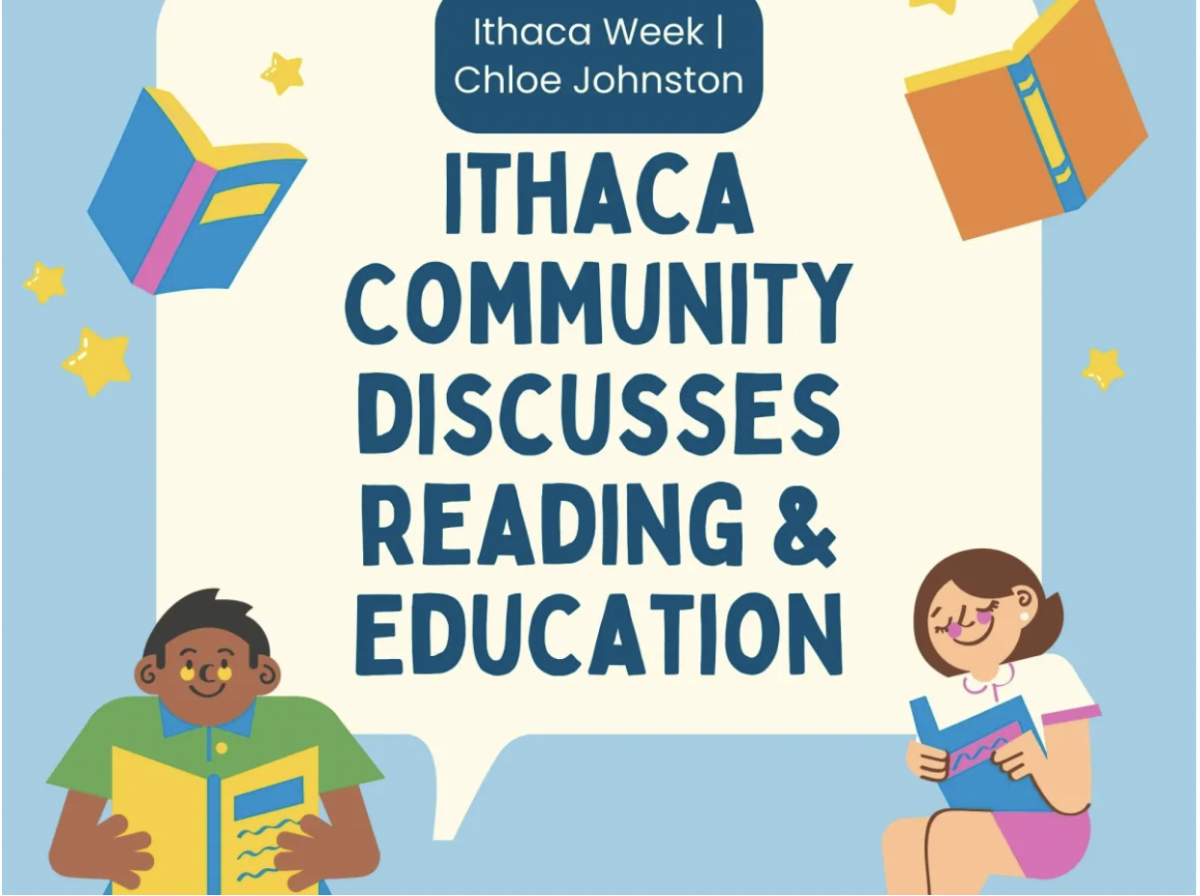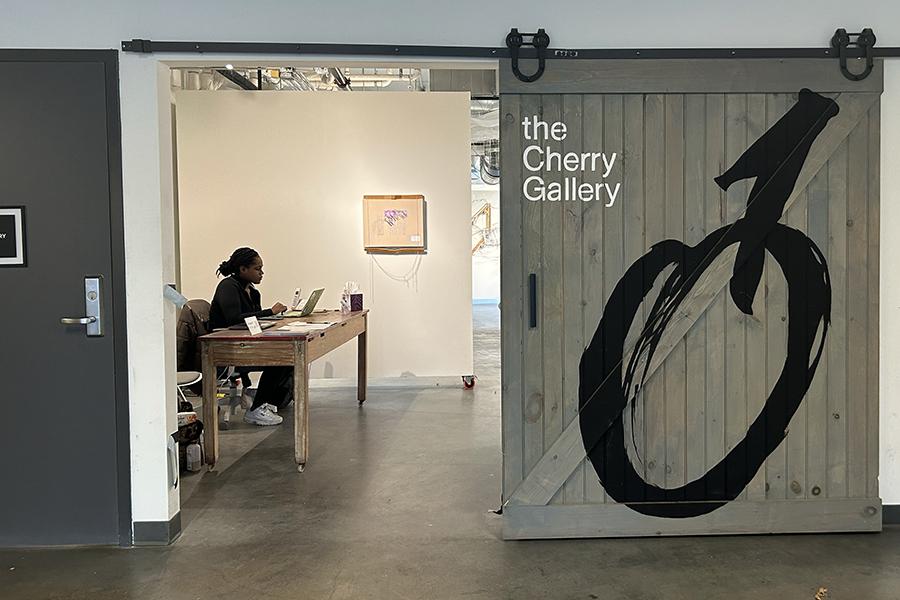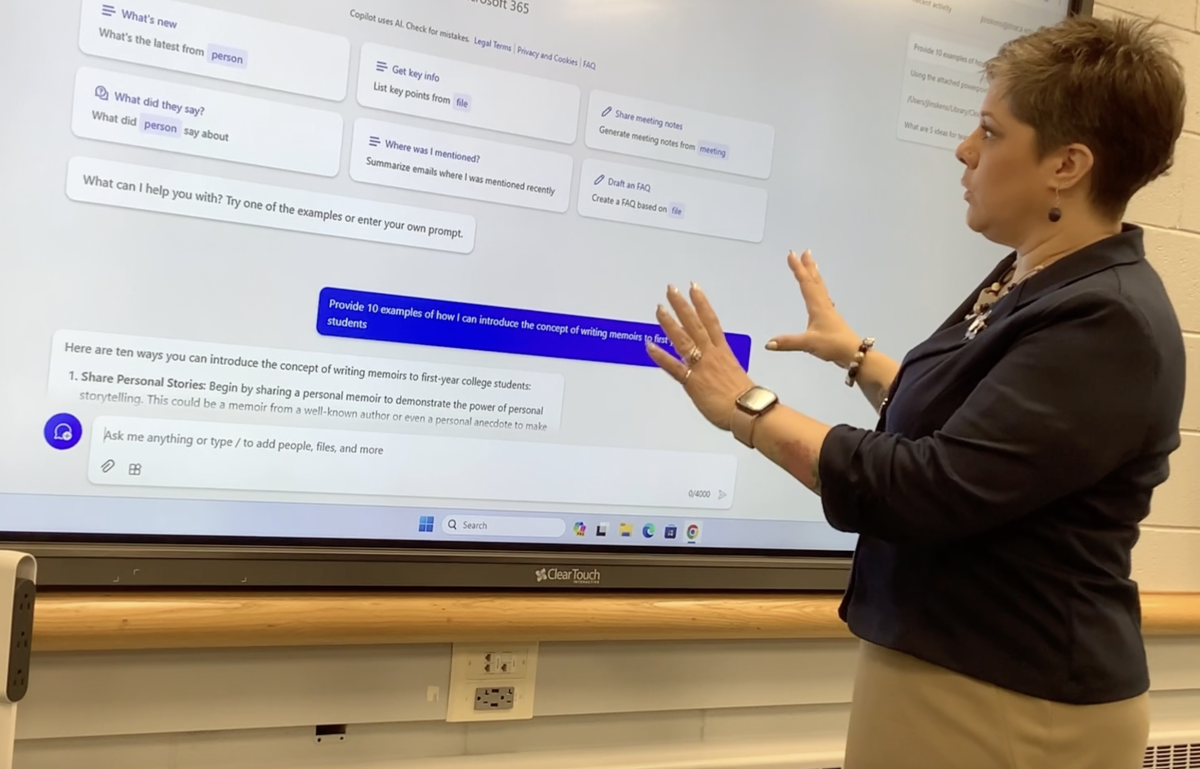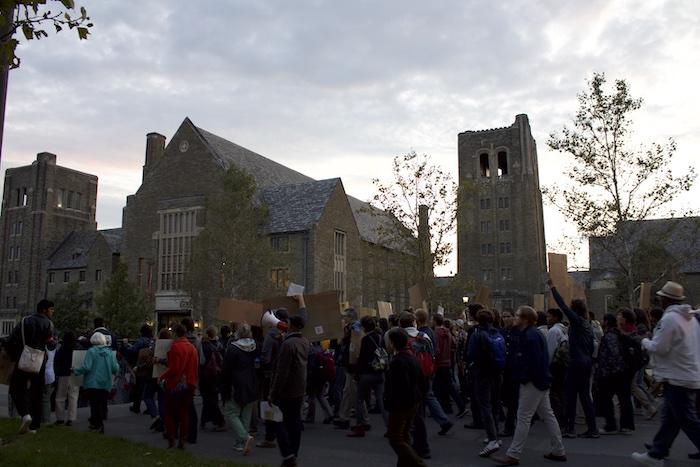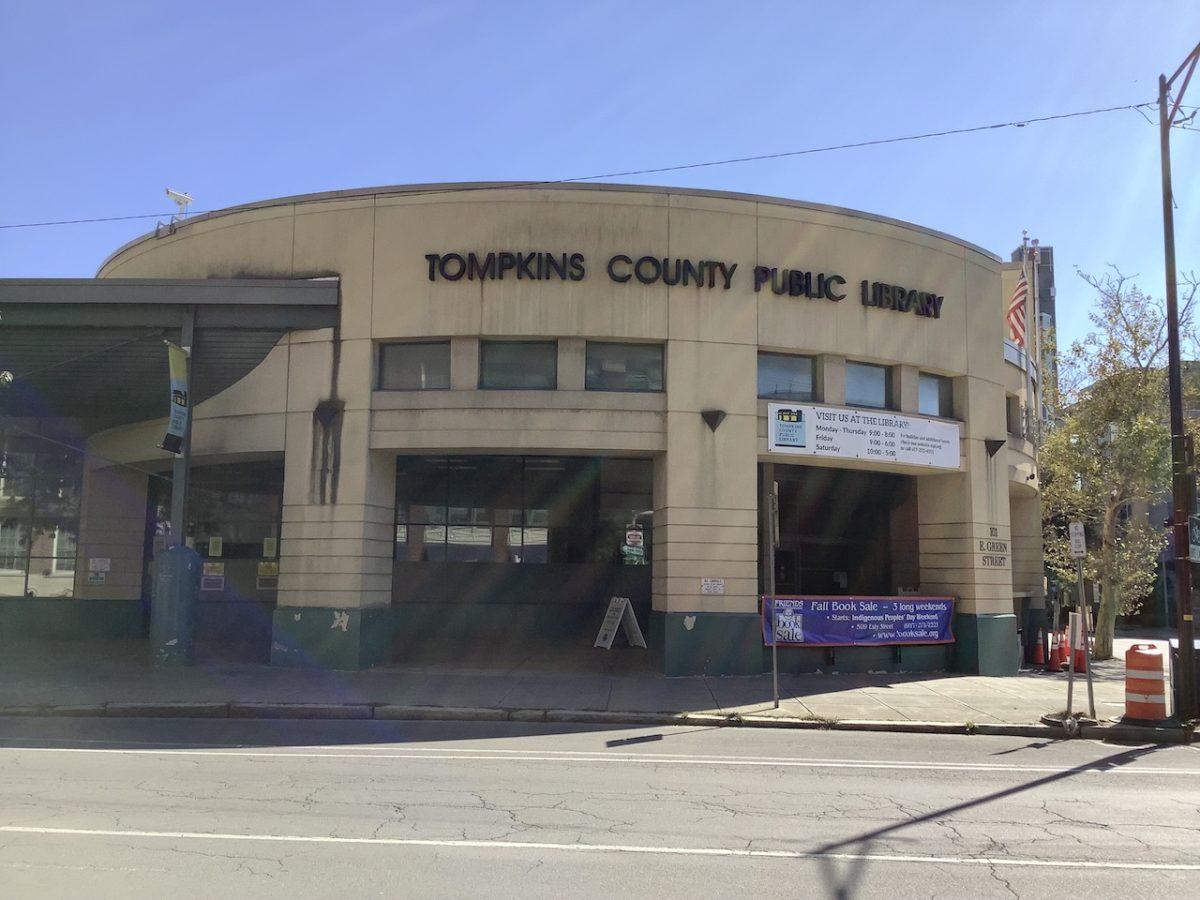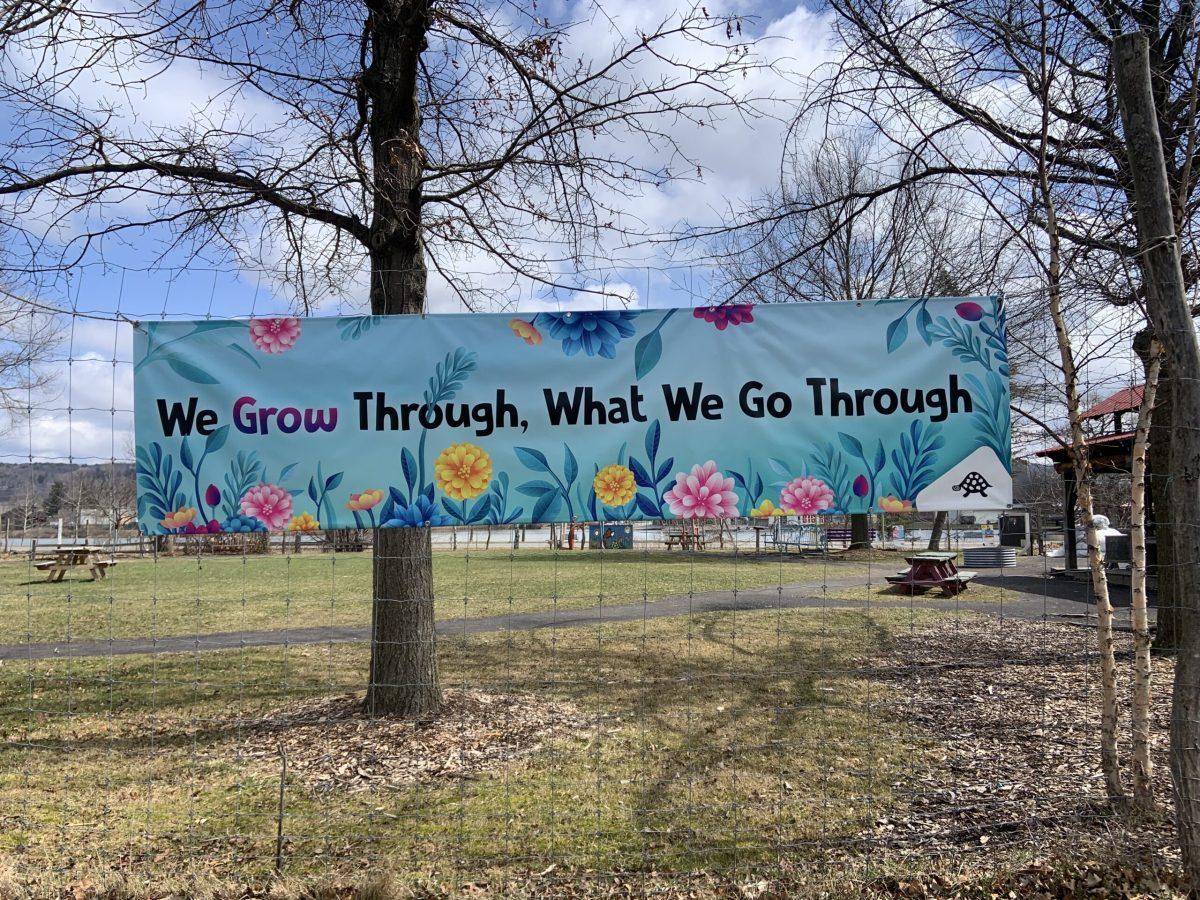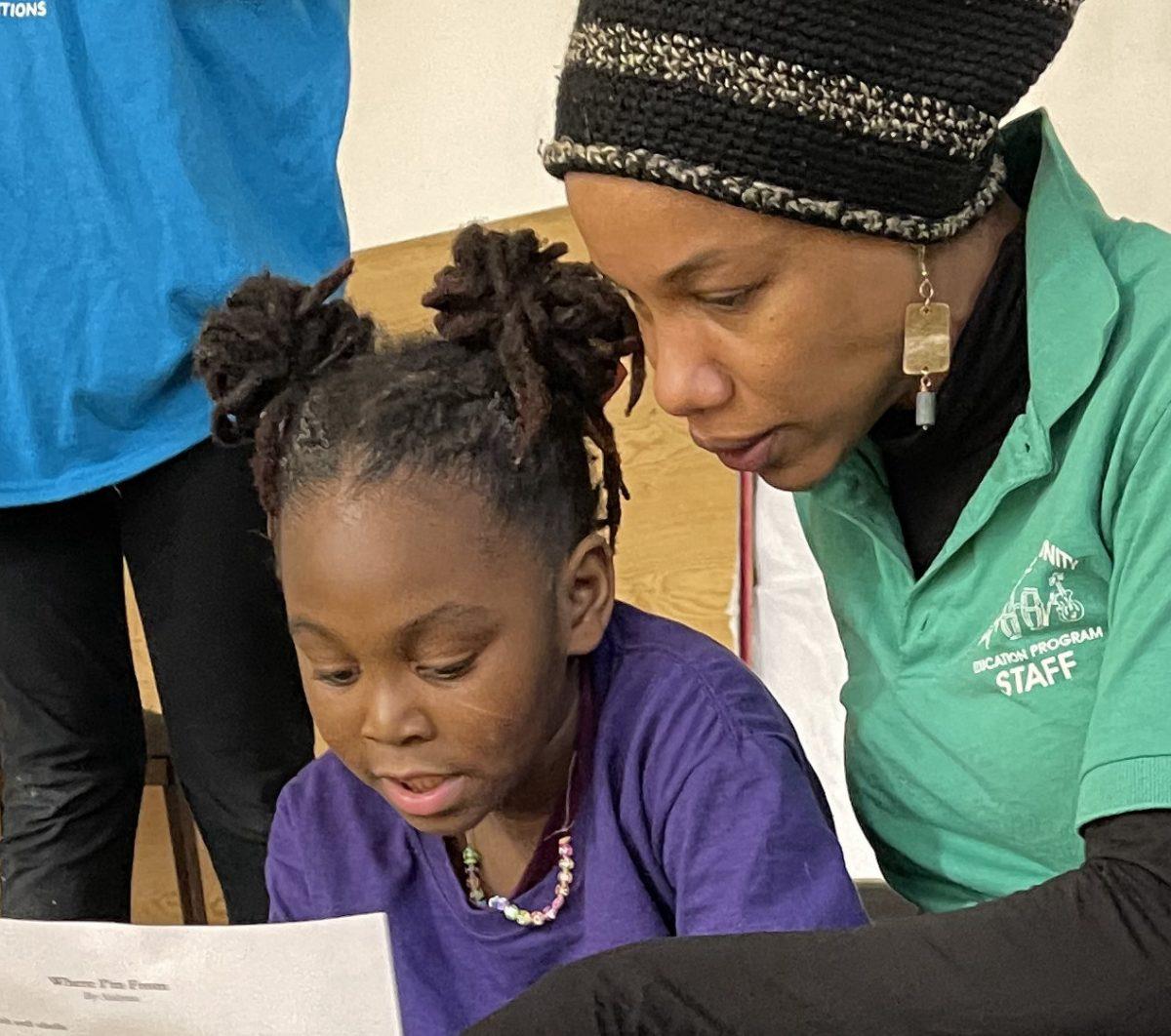Key Points
- Bhangra is a folk dance that originates in the Punjab region of India and in Pakistan.
- The dance translates to “[being] intoxicated with joy.”
- Close to 800 tickets were sold for the Cornell event, which featured five collegiate and professional teams.

Drum beats, intricate dance moves, and fervent chants could be heard reverberating through Cornell University’s Barton Hall on Saturday, where Cornell Bhangra hosted its annual, Pao Bhangra XVII: The Bhangra Olympics.
Featuring performances from five collegiate and professional teams, including Cornell, the showcase was attended by nearly 800 people. It boasts to be the largest Bhangra exhibition in all of the United States.
“The whole point of Pao is to have the best, most fun time on stage, so we want to make sure the teams that are coming embody that and make their performances memorable,” said Snigdha Kasi, Pao director and a junior at Cornell.
Blazing Bhangra
Bhangra is a folk dance and a form of music born in the region of Punjab in India and inPakistan during the mid-to-late 20th century.
The dance was primarily associated with the spring harvest festival, “Baisakhi,” and its name is derived from one of the major products of the harvest, “bhang,” or hemp. It literally translates to “[being] intoxicated with joy.”
Today, it is a regular part of weddings, birthday parties, and other festivities.
A typical performance involves dancers executing vigorous kicks, leaps, and bends of the body to an accompanying set of short songs. It is a male-oriented dance, but an increasingly greater number of females also perform it.
The newer Bhangra blends various Western popular music with the original Punjabi tradition, enjoying an immense following among the South Asian diaspora.

Pumped up Performances
The official line up included RU Bhangra, Bhangra Theory, Anakh E Gabroo, and Bhangre De Shokeen. Other performances involved Yamatai, BASE Productions, Sabor Latino Dance Team, The Hangovers, and Rochester Kids Bhangra. It also involved three performances from Cornell Bhangra.
Rutgers University senior Amarleen Kaur said participating in Bhangra is a way for her to get in touch with her culture and it serves as an outlet to release stress after school.
“It’s also my first time at Pao, it’s really exciting and fun,” Kaur said.
Haitpal Grewal, a dancer of the Philadelphia-based Bhangre De Shokeen and a senior at Temple University, has been practicing Bhangra for the past four years.
“I grew up watching it and it looked like a lot of fun,” Grewal said. “I love being stage, so it’s a good time.”
Colorful Clothing
The traditional dresses are as vibrant as the dance itself.
Men wear the following: pagh (turban), turla/torla (an adornment on the turban that resembles a fan), kaintha (necklace), kurta (long shirt), lungi/chadar (a decorated loincloth tied around the waist), jugni (waistcoat without buttons), and fuman (threaded puff balls).

Parts of the Bhangra dress worn by women include: dupatta (scarf), salwar-kameez (loosing fitting pants and shirt), tikka (gold jewelry worn on the forehead), jhumkar (long earrings that dangle), paranda (tassels in the braid), baazu-band (an upper arm cloth), and pazaibs (anklets).
All elements of the garb are made of light silken material with embroidery and embellishments reflecting the grandeur of the celebration.
Kasi spent close to a year planning and coordinating the event. The showcase receives around 30 applications from Bhangra teams around the United States and only four other teams apart from Cornell are chosen to perform. Kasi said it was “surreal” to experience the event coming to life.
“In the moment, everything was just going by so fast, and after it happened, I just couldn’t believe that we pulled it off,” she said. “We received such positive feedback from the audiences and the other teams, so it was an amazing feeling.”





